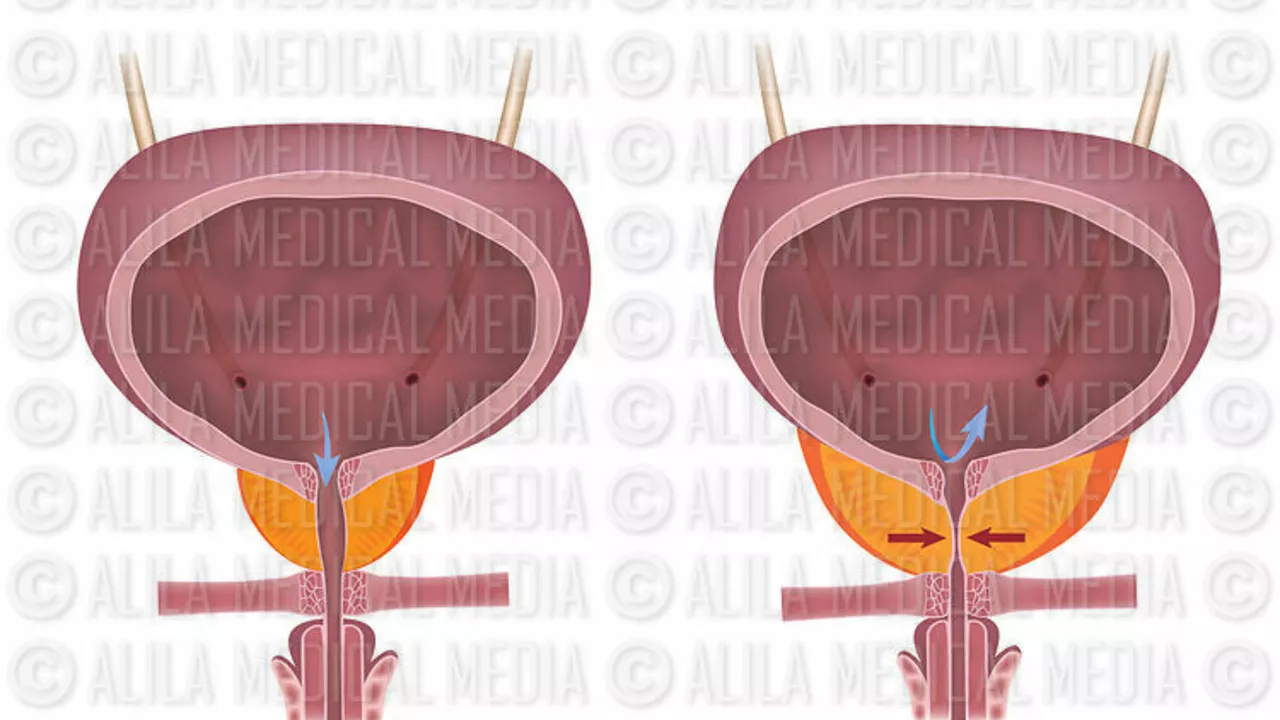Urinary Incontinence Treatment: Practical Solutions You Can Try
Dealing with leaks is frustrating, but there are clear, practical steps that often help. This page focuses on treatments you can start right away and what to expect from medical options. Read on for simple actions, quick tips, and when to talk to a specialist.
Non-surgical treatments that work
Start with lifestyle changes. Cut back on caffeine and alcohol, which can irritate the bladder. Spread out fluids during the day and avoid drinking large amounts right before going out or bedtime. If you’re overweight, losing even a little weight can reduce pressure on the bladder and help control leaks.
Pelvic floor muscle training (Kegels) is one of the most effective first-line therapies. Find the right muscles by stopping the flow of urine once (don’t do this routinely). Tighten and hold for 3–5 seconds, then relax 3–5 seconds. Aim for 3 sets of 10 repeats daily. If you’re unsure, a pelvic floor therapist can give hands-on guidance.
Bladder training helps when urgency or overactive bladder causes leaks. The idea is to slowly increase the time between bathroom trips. Start by timing your visits, then add 10–15 minutes each week. Pair this with urge suppression techniques—take slow deep breaths and do quick pelvic floor squeezes when you feel urgency.
Absorbent pads and protective underwear make day-to-day life easier while you work on other treatments. Look for products that fit well and wick moisture to avoid skin irritation.
Medications, devices, and other medical options
Medications can help certain types of incontinence. For overactive bladder, drugs like antimuscarinics or beta-3 agonists reduce urgency and frequency. Topical vaginal estrogen can help postmenopausal women with mild stress or urgency issues. Always talk with your doctor about side effects and interactions with your other meds.
For stress incontinence, a pessary (a removable device placed in the vagina) can provide support and reduce leaks. It’s a low-risk option to try before considering surgery. For more persistent overactive bladder, Botox injections into the bladder or sacral neuromodulation (a small implanted device that changes nerve signals) are options some people find very helpful.
Surgery is usually reserved for when other treatments fail. Sling procedures and urethral bulking can offer long-term control for stress incontinence. Your surgeon will explain risks, recovery time, and success rates so you can decide what fits your lifestyle.
When should you see a specialist? If leaks limit your life, if there’s blood in urine, sudden severe symptoms, fever, or pain, see a doctor promptly. A urologist or urogynecologist can run tests, confirm the type of incontinence, and recommend a tailored plan.
Small steps often add up. Try lifestyle fixes and pelvic exercises first, use pads while you build confidence, and talk to a clinician if things don’t improve. You don’t have to accept leaks as normal—help is available.
The History and Development of Darifenacin
Darifenacin is a fascinating medication with an intriguing history and development. Initially, it was developed as a solution to overactive bladder disorders, providing significant relief to sufferers. The development process was marked by rigorous testing and clinical trials, ensuring its safety and efficacy. Over time, Darifenacin's use has expanded and it's now a mainstay in treating urinary incontinence. It's a testament to how medical research can yield solutions that drastically improve quality of life.
More
